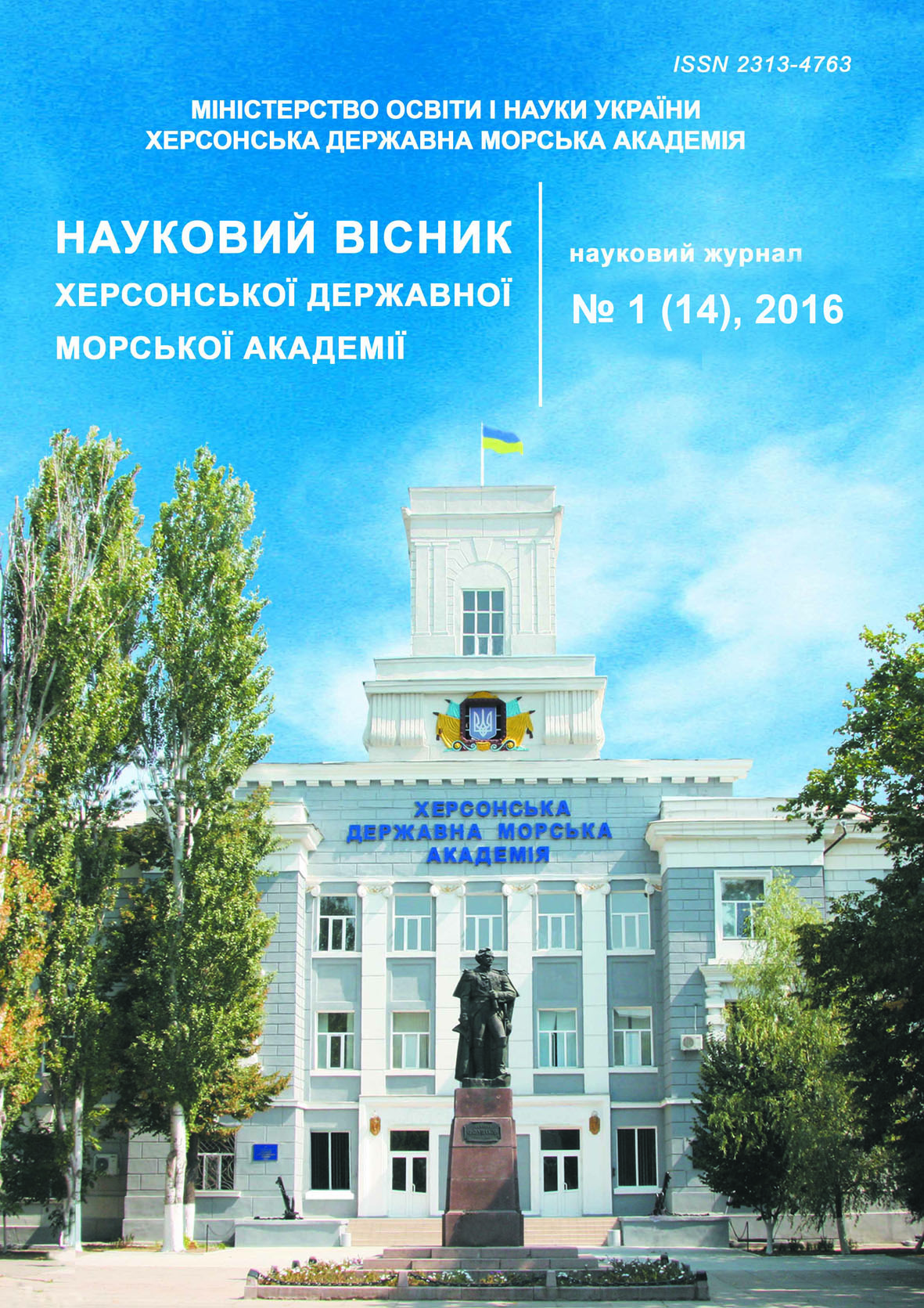IMPROVEMENT OF TRANSPORT SYSTEMS EXPLOITATION RELIABILITY THROUGH THE USE OF EPOXY COMPOSITES WITH IMPROVED PHYSICO-MECHANICAL PROPERTIES
Abstract
The influence of content of MoS2 and Mg3Si4O10(OH)2 disperse fillers on destructive stresses in bending (σb), the modulus of elasticity (E) and toughness (W) of epoxycomposites were investigated. It was established that the dispersion and the nature of fillers determine their critical content in binder. It is proved that molybdenum disulfide or talc filler with a content of q = 5 ... 15 wt % must be entered in epoxy oligomer ED-20 (100 wt %) for producing composites with improved physico-mechanical properties. In this case the materials with improved properties are formed. Additionally found that when inputing molybdenum disulfide in binder, the obtained toughness indexes of the composites are increasing 2-fold compared with the epoxy matrix. Also the composite material with the filler content of q = 5 wt % is marked by maximum ability to counteract shock loads and cracking resistance. It should be noted that the effectiveness, reliability and long operating time are achieved by creating the multilayered composites during the development of protective coatings. So it is therefore advisable to use the composite in a complex filled with molybdenum disulfide or microtalc particles with optimal content and nanoparticles. The fracture-graphical analysis of composites is the confirmation of study results of physico-mechanical properties. It is shown that stress concentrators were observed in materials with insufficient or excessive amount of disperse particles. This in turn leads to rapid aging and premature destruction of composites.
References
2. Koryakina, M. I. (1988). Ispihtanie lakokrasochnihkh materialov i pokrihtiyj. M.: Khimiya.
3. Stukhlyak P. D.,.Buketov A. V. & Redjko O.І. (2011). Epoksidno-dіanovі kompoziti: tekhnologіya formuvannya, fіziko-mekhanіchnі і teplofіzichnі vlastivostі. Ternopіlj : Krok. 4. Stukhlyak P. D., Buketov A. V. (2009). Epoksikompozitnі materіali, modifіkovanі uljtrafіoletovim opromіnennyam: monografіya. Ternopіlj: Zbruch.
5. Buketov A. V., Sapronov O. O., Aleksenko V. L. (2015). Epoksidnі nanokompoziti: monografіya. Kherson : KhDMA.
6. Belihyj V. A. (1982). Problema sozdaniya kompozicionnihkh materialov i upravlenie ikh frikcionnihmi svoyjstvami. Trenie i iznos. Vol. 3, 3, 389–395.
7. Lipatov Yu. S. (1980). Mezhfaznihe yavleniya v polimerakh. K.: Naukova dumka.
8. Stukhlyak P. D. (1994). Ehpoksidnihe kompozitih dlya zathitnihkh pokrihtiyj. Ternopolj: Zbruch.
9. Burya A. I., Dudin V. Yu., Chukalovskiyj P. A. (2004). Novihe polimernihe kompozitih v uzlakh treniya zheleznodorozhnogo transtporta Visnik Skhidnoukrainsjkogo nacionaljnogo universitetu im. V. Dalya. Tekhn. nauki. Seriya : Transport, 8, 184–189.
10. Kudina E. F. (2006). Poluchenie ehpoksimineraljnihkh dispersnihkh kompozitov Materialih 26-yj mezhd. konf. «Kompozicionnihe materialih v promihshlennosti» (Slavpolikom). Yalta, Krihm, 315–318.






